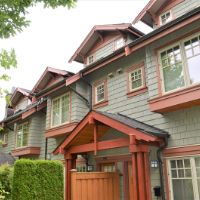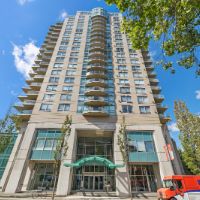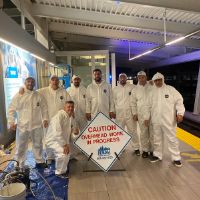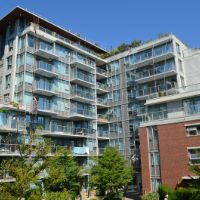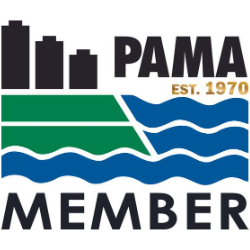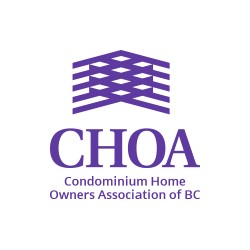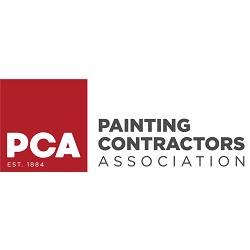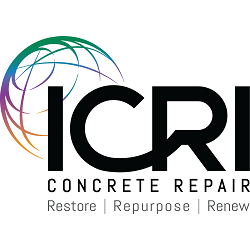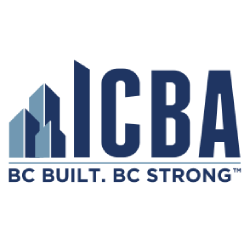You’ve just found out that some of the substrates in your building contain asbestos. Naturally, you’re disconcerted. The renovation project you’ve been planning for months suddenly got a whole lot more complicated. What are you going to do now?
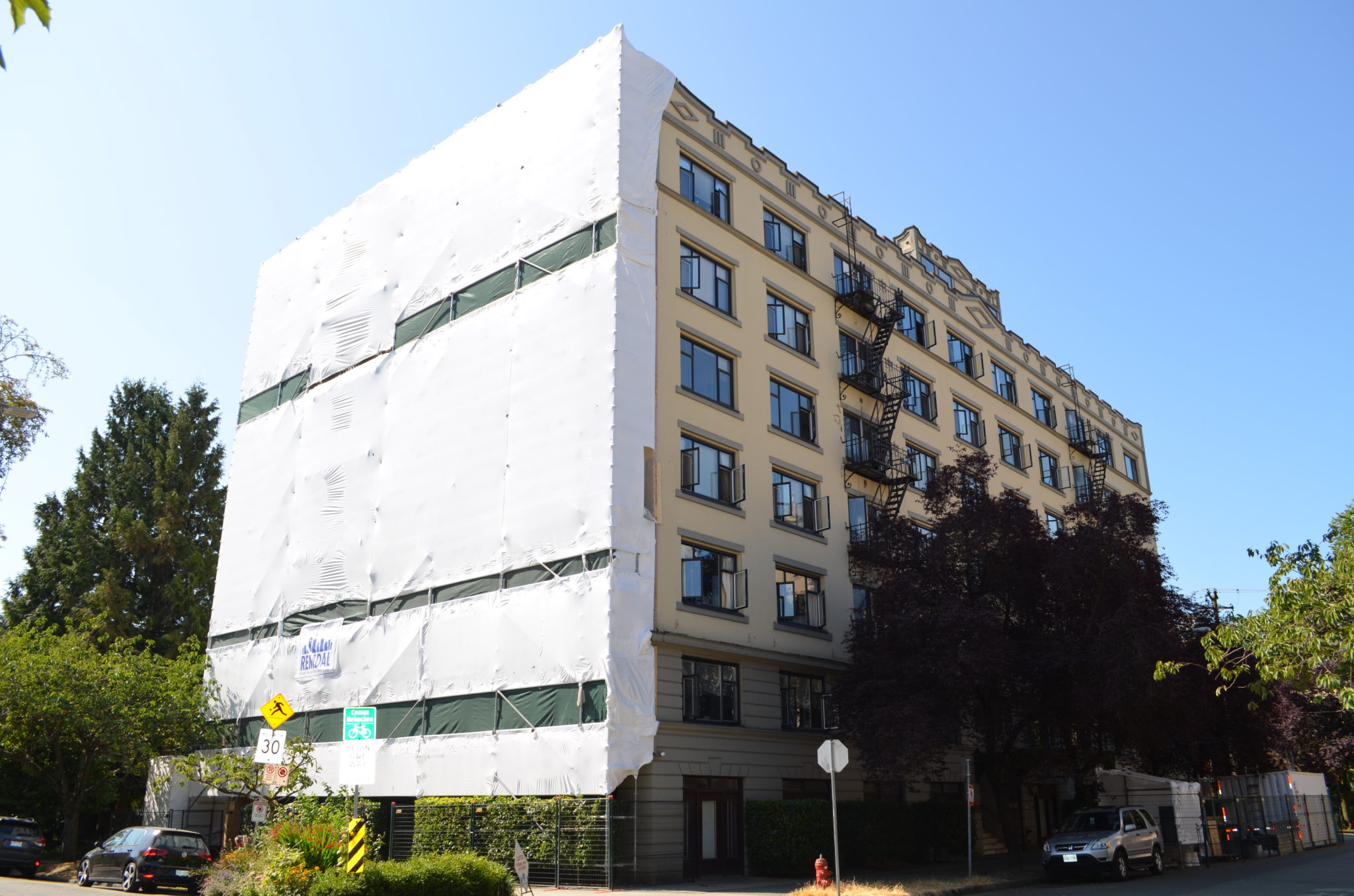
First, know that you’re not alone in this predicament. There are many buildings in British Columbia that contain asbestos.
More importantly, there are trained and experienced professionals that can address this problem for you. They follow the safety procedures developed by scientists to ensure that this threat can be removed from your building without endangering any workers, residents, or patrons.
While it’s important that you hire qualified abatement to complete your project, it can be helpful for you to know and understand the steps they’ll take to complete this task safely.
Typical Asbestos Removal Procedures
You probably know that if asbestos is not removed properly, its harmful fibres can be released into the air. The goal of asbestos abatement, then, is to remove the contamination without creating an airborne toxin.
To begin, your contractor will set up a containment zone. They will use poly, tape, and other measures to seal off the work area and prevent airflow into other areas of the building.
Once the containment is constructed and secure, your abatement professionals will enter the work zone – wearing appropriate suits and PPE, for their own protection – and wet down any asbestos-containing materials. This step will prevent asbestos fibres from being released into the area as the materials are removed.
The asbestos-containing debris must be placed into waste bags, which are then double-bagged and clearly labelled. These measures ensure that the contaminated items can be safely removed from the site and transported to an appropriate waste facility.
After all asbestos-containing materials have been removed, your abatement contractor will clean the work area with a HEPA vacuum. This machine is not like an ordinary vacuum: it has been specially designed to contain asbestos fibres. (Regular vacuums are not airtight and thus will release asbestos fibres back into the air, even if you attach a HEPA filter to them.)
Following this initial cleaning, the asbestos-removal area must be damp-wiped with a wet sponge or cloth. Then your abatement professional will finish by dry-cleaning the area with a low-dust asbestos abatement vacuum.
These steps are thorough, but one cleaning is not necessarily sufficient. Before other work can commence, the asbestos-removal area needs to be inspected by trained and experienced asbestos professionals. If any asbestos fibres are found during this inspection, then the cleaning process must be repeated. No further action can be undertaken until it’s confirmed that there are no asbestos fibres present. Only then can the area be deemed safe for occupancy.
We know that your first priority is making sure your project is done right.
That’s why we love to educate our clients on these processes. When they know what we’re doing – and why we’re doing it – they feel at ease. They trust that we’re equipped to protect everyone involved in these projects.
If you’re facing the daunting task of asbestos abatement, call us today. We’d love to help you preserve your building and keep your tenants safe.

